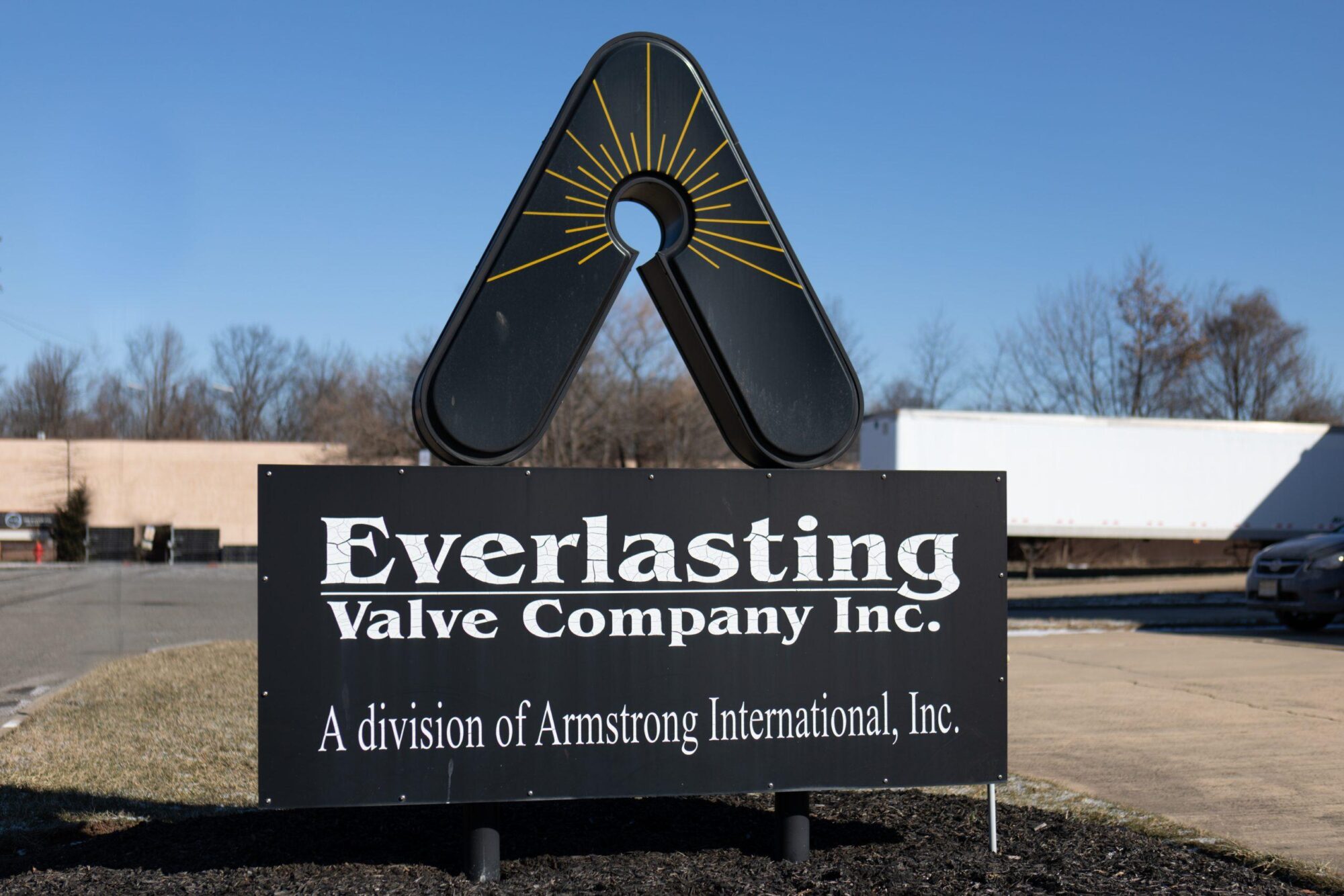Right Thinking on Life Cycle Cost Analysis if You Want Maximum Life Cycle Profits
02-21-19

Most People Ask The Wrong Questions When They Select Equipment.
They ask, “What does it cost to buy?” and “When can you get it to me?”
The right questions they should ask are –
1)”How many times am I willing to let this fail during it’s service life?” and
2) “What life cycle value do I get back for my money?”
Here’s a life cycle cost analysis of a process valve decision that could have saved a fortune… but they brought on price instead!
Hello and welcome …
This analysis will shock you because there is so much money to be saved; had the right choice been made at the start!
But short term, capital minimising decision making is common. The truth is money is not an important factor on which to make a decision—it is the profit and benefits you get from the decision that matters! A decision to buy equipment ought to be based on what value you get from it (or how much money it saves you) over its entire working life. In business it is equipment life cycle profits that you want—it is the return on the investment which is most important! Read-on… you’ll see what I mean.
This is the story of a valve selection for a 100 mm (4 inch) process chemical plant pipeline isolation valve. The chemical manufactured was a hot syrup-like liquid at 150 C and 700 kPag pressure carrying 10% course sand particles of 0.5 mm diameter.
The product was very abrasive as it whizzed down steel pipes at speed passing through an open shut-off valve. The valve chosen for isolation had to be able to handle the abrasive slurry.
The valve actually used in service was selected to be a plug valve. It was a steel valve with steel plug and teflon seat. The cost of the new plug valve with actuator was AUD$4,000 (Australian dollars).
The alternate valve for the job was an Everlasting Rotating Disc Valve (copy the words and past them into your web browser to get more information and a picture). It’s cost with actuator was AUD$12,000.
The duty for the valve was to open and close once a day, 5 days a week, every week. About 250 cycles per year. The Everlasting Valve was expected never to fail in 25 year under this sort of service. In fact its actuator was the weak item and it would need repairing several times before the valve itself would fail.
In service the plug valve selected lasted 6 months before it passed product. After 125 cycles the valve was unusable; that was very poor valve performance. A spare valve and actuator had to be quickly brought and fitted for another AUD$4000. The original valve was then overhauled and rebuilt for AUD$2,500. Every 5 to 6 months the in-service valve passed and it was swapped over with the spare and then overhauled. The change-over time to swap the valves was an 8-hour shift for two men.
Now you have the whole story. The ideal valve for the job cost $12,000 with an unlimited service life. The actual valve used was $4,000 and lasted 6 months after which it cost $2,500 to overhaul and $1500 in labour and consumables to swap over. An on-going maintenance cost of $4,000 for every failure.
Every year in service the plug valve cost $8,000 in maintenance expenditure. After 25 years the cost of the valve was $200,000. Compare this against the once only capital cost of $12,000 for the best valve for the job!
But we have only discussed the maintenance costs. On top of all this is the cost of lost production from the downtime, plus the overtime worked to make-up lost time, plus the many other knock-on business-wide costs that resulted from the failure. They would easily total five to ten times the cost of the maintenance.
Which valve should have been selected?
The right decision saves $188,000 in maintenance costs over 25 years and delivers months of free extra production. The wrong decision costs a fortune of over $1,000,000 across the business! If your entire business was built based on capital minimising decision making like this, I can guarantee that you have wasted millions of dollars! And you’ll keep wasting millions of dollars if you continue with that sort of thinking in your organisation!
People make this stupid mistake every day because they think low capital cost is smart use of their money! They are terribly, terribly wrong. Smart use of your money means you ask what do you get back for it – what’s it’s reliability worth to the business. The right questions you need to ask “What’s the lifetime return for the expenditure?” “What is the total value that I get back from the equipment during its service life?” Everytime you spend money on your operating equipment you are making an invstment decision, and you ought to analyse it to see that the best life cycle investment is being made.
Don’t let yourself be forced into wrong life cycle thinking by the capital cost. Show your accountants and managers this page and pray that they are sensible enough to understand what it is telling them! Model your choices over the entire working life of the equipment and choose the one that brings the greatest value to your business.
© Copyright 2003 – 09 Lifetime Reliability Solutions – Maintenance Management Consultants, Industrial Asset Management Consultants, Quality System Consultants and Lean Business Process Improvement Consultants Perth, Western Australia
Problems with this page? Contact info@lifetime-reliability.com. See ‘Contact Us’ for our details
Article reprinted with the permission of Mike Sondalini, Managing Director, Lifetime Reliability Solutions